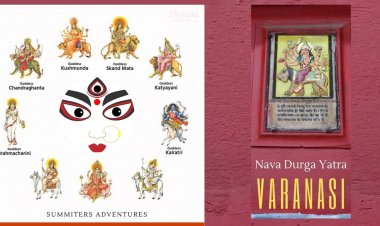All the way from Mongolia to Mysuru
Every year a episode is set during the onset of winter in a lake, in the vicinity of the historical city of Mysuru.The lake transforms into a hub of activity that attracts around 85 species of migratory birds including bar-headed geese and black-tailed godwit and other species from, Central Asia Mongolia, Tibet and the Himalayan region. Not many know about this avian paradise called Hadinaaru kere. Rather than spending a day in the mall, or in a theatre. Nature lovers can visit this place and spend a few hours with them.
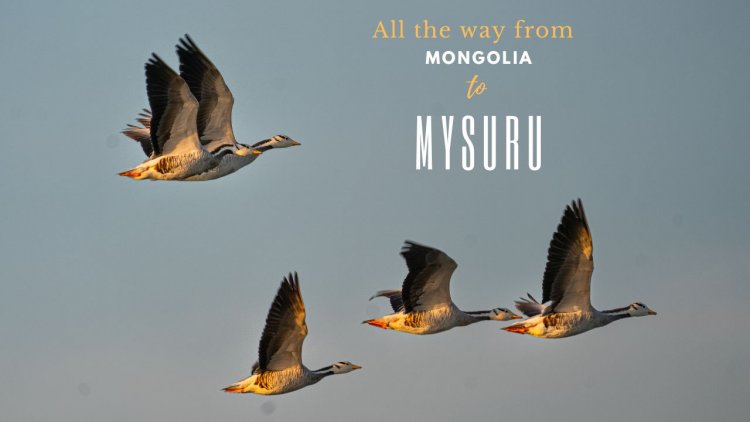
The migratory birds have arrived at Mysuru, messaged my friend Vinay in the wee hours of a Sunday morning. It is the migratory season, and they will arrive every year on time in Ranganathittu, no doubt about it, I added. casually!
No, it is not the usual bird nor the usual place, he exclaimed!
It is the Bar-headed goose in Hadinaaru Kere - located about 25 km from Mysore near Nanjangud. He instantly began to talk incessantly about it...
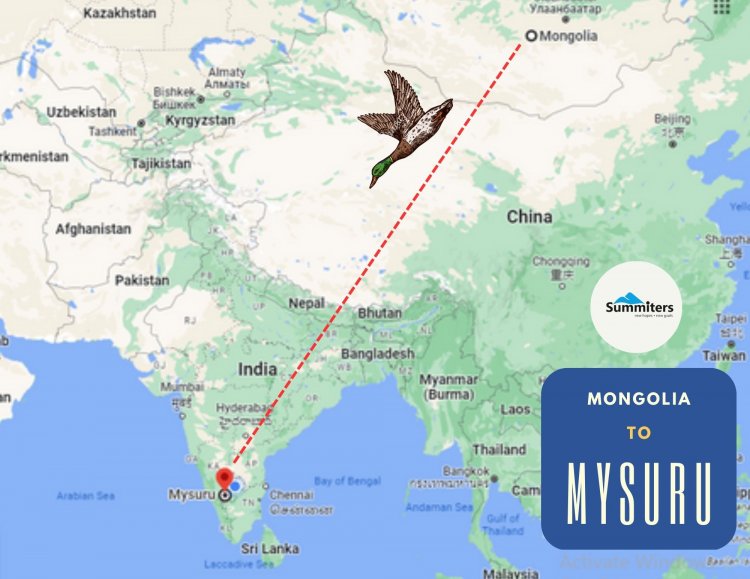
Neither we did not take much to decide nor to reach the avian heaven Hadinaaru Kere. Thanks to the new express highway.
Hadinaaru Kere
A scenic freshwater lake situated in a village near Mysuru attracts migratory birds in winter every year. Among them are the Bar-headed Goose (Anser indicus) is a goose that breeds in Central Asia in colonies of thousands near mountain lakes and winters in South Asia, as far south as peninsular India.
It is one bird species that traverse a great distance from Mongolia, crossing the Mighty Himalayas and Tibetan plateau. The species has been reported as migrating south from Tibet, Kazakhstan, Mongolia, and Russia before crossing the Himalayas. to reach the lake. Passionate birders and photographers visit the lake to catch a glimpse of these rare species.
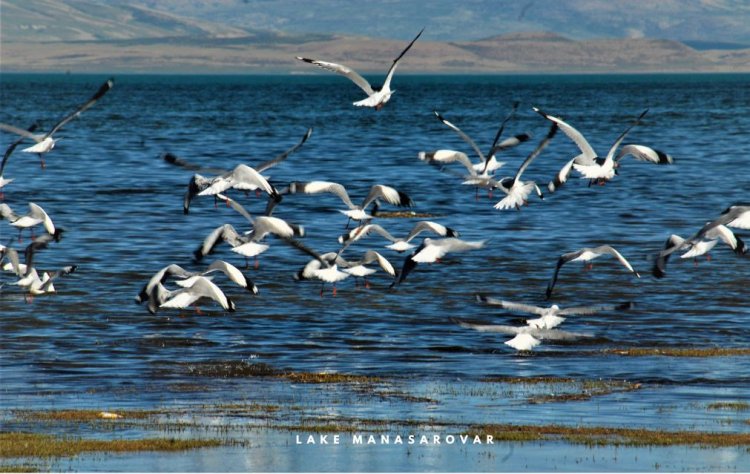
Though I had witnessed these birds in the lake of Manasarovar during my visits to Holy Kailash in Tibet. I was inquisitive to see this flock and greet them again. This year as there were reports of greater and lesser fronted geese arriving, it doubled my curiosity and made my visit without delay.
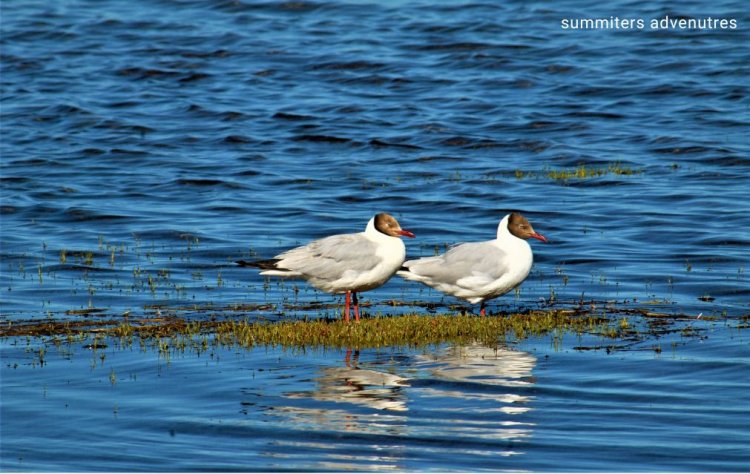
A Brown-headed Gull in its breeding plumage; in Pair
Lake of 16 - A Avian Haven
We could hear the honking sound of birds, much before the arrival. A few friends were just soaring in the sky. The villagers working in the fields knowing our arrival began to explain about the birds. They call it ‘Parvatakki’ ( parvatha hakki ) in Kannada, which means mountain bird. We came to know that these migratory birds which arrive in January or February nest here for around four months before they return to their homes up North. They only feed only on paddy grains, which are abundantly found in the area, especially as these birds arrive in the post-harvest season. They roost in the mornings and feed on grains in the fields during the night.
Their droppings are good manure for our crops. The birds are our friends, said the farmers busy working in the field.
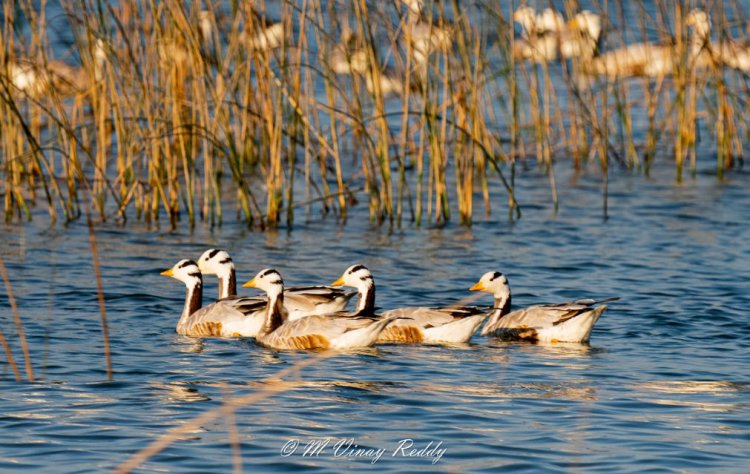
The species traverses over more than 2,500,000 sq km...just imagine that!
The bar-headed goose is one of the world's highest-flying birds,[2] having been heard flying across Mount Makalu – the fifth highest mountain on earth at 8,481 m (27,825 ft) – and apparently seen over Mount Everest – 8,848 m (29,029 ft) – although this is a second-hand report with no verification.

What amazed me always was, how come bar-headed geese fly so high in winter and cover such a large distance, after a layover.?
The ability to absorb more oxygen means that birds can fly at high altitudes. The Bar-headed goose (Anser indicus) migrates over Mount Everest and the Himalayas and has the amazing ability to fly from sea level to an altitude of 9200 m without having to acclimatize.
It is the highest-flying bird in the world
It is said that their powerful and constant flight helps generate and maintain body heat, which is retained by their down feathers. Such heat helps keep ice from building up on their feathers when flying over mountains.
These geese also have a special type of hemoglobin that absorbs oxygen quicker than other birds; they can also extract more oxygen from each breath than other birds can.
The question is, why do they migrate ?
They migrate owing to a shortage of food during winter in Mongolia and the Bykal sea, south of Russia. Another reason is breeding
Though we visited the place to watch rare species, like Lesser White-Fronted Goose, and Ruddy Shelduck, classified as a vulnerable species by the IUCN list. We were not able to spot them.
We were fortunate to spot and identify several species including Bar-headed geese, lesser whistling ducks,spot-billed ducks, and Black-tailed godwits we went around the lake to spot greater and lesser fronted geese which were one of our reasons to visit the place.
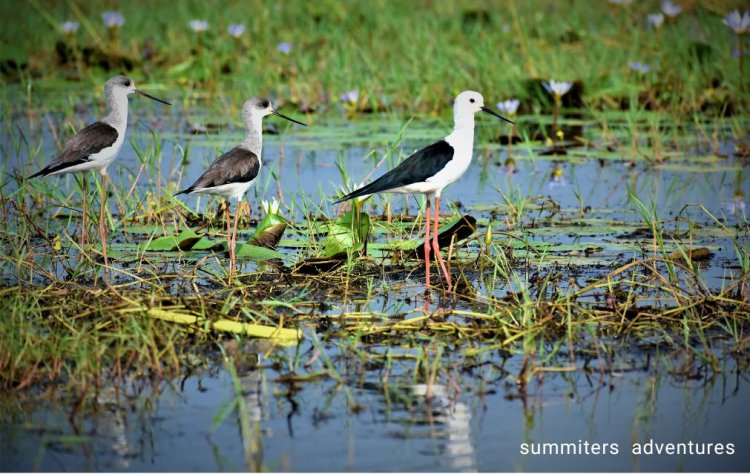
Apart from migratory birds like the Bar- Headed Goose, we could spot birds like the
Little Grebe, - I remembered spotting Great Crested Grebe on the banks of aquamarine lake Mananasrovar.
Breasted Kingfisher, Purple Moorhen, Night Heron,
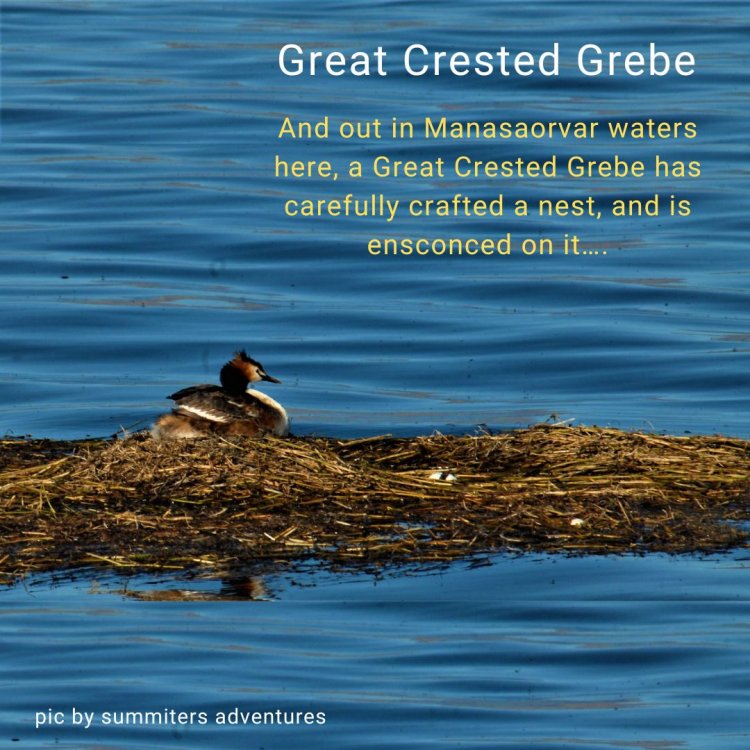
Small Kingfisher, Greater Cormorant, Large and Little Egret, Common Coot, Spot Billed Duck, Painted Stork, and River Tern.
A few other species like Cotton Pygmy Goose, Black Ibis, and others can also be found at the Lake.
As these birds are crepuscular - active during twilight. in their foraging habit and feed on harvested rice crop stubble shoots adjoining the lakes.
We too were feeling hungry and did not want to bother them.
We bid goodbye to the place with a heavy heart!
We all know about the Mongolian warrior and the invasions of Chinggis Khan. The first thought that came to me, was when I saw these birds visiting from the land of Genghis Khan. What the ruthless Mongol warrior could not do, his peaceful avian co-warriors, trespass and do every year.
Thankfully their invasion in flocks is not of any harm. It is with a sense of awe that you realize they fly with exceptional navigational abilities and physiological endurance!
How to Reach Hadikaaru Kere
The Hadinaru Lake can be reached from the Mysuru-Nanjangud Road deviating near Tandavapura Industrial Area, or from Mysuru-Uttanahalli Road towards Hadinaru Road.
As there are no pizza huts or CCD close by, it is advised to carry packed food and water.
Don't litter and carry back trash with you! Please
FOR YOUR INFORMATION
1. Most birds are wary of humans and you can spot them from a large distance. It is recommended to wear clothes that are not very bright and with colors close to the natural environment (dark green, beige, gray, brown)
2. Use binocs or a spotting scope to get a good view of birds without getting too close to them and appreciate their colors
3. When photographing birds, make gestures and don't talk loudly.
4. It is best to use a telephoto lens with a tripod to capture them even from a long distance. In addition, don’t use bright flash, as it can scare the birds
5. Don’t feed the birds common food, such as bread or other oily goods. Fruit or vegetables not native to the region. processed food, etc. While the birds might get attracted and be happy to eat it, these foods can make them sick.
Behave Responsibly
You can read another less-known migratory lake called Mangaljodi in Odisha










